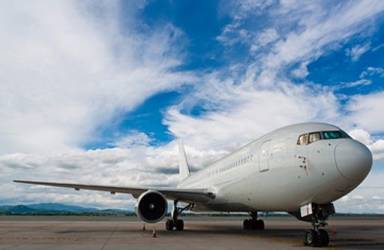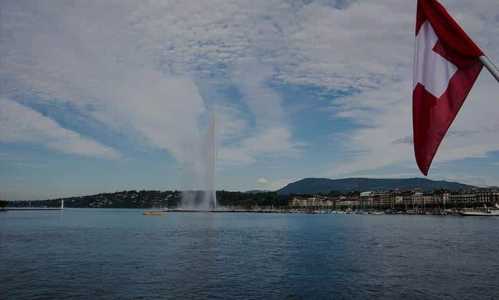info@mrpilot.in +91-9897916148
Flying should be a pleasure and we’ll make your charter experience as luxurious and comfortable as possible.
No more long lines at airports for boarding. With Jets On Hire, you can arrive 20 mins proior to your departure time.
Jets On Hire guarantees your privacy, and we will work closely with your security provider on all aspects of your charter
We know booking a charter isn’t something that happens everyday, and so our team will make your experience one to remember.

Hawker 900 / 850 / 750, LearJet 55, Cessna
Citation

Bell 525 / 429 / 407, Eurocopter AS350, Sikorsky S-76C

LearJet 35A, Citation Bravo / CJ2 / CJ3 / Bravo, Beechjet 400A, Nextant 400

Diamond DA42, Embraer 120 / King Air 90 / 200, Pilatus PC-12, ATR 42 / 72-500

Cirrus SJ-50, HondaJet, Diamond D-Jet, Eclipse 500, Epic Elite

Cirrus SR-22 Turbo, Piper Cherokee, Cessna 182 Skylane

Challenger 850 / 605 / 604, Legacy 600 / 650 V, Gulfstream 300 / G450 / III / IV

Gulfstream G550 / G650, Falcon 7X, Gulfstream V, Global 5000 / 6000

Airbus Corporate Jet, Boeing Business Jet / 757 / 767
Gus, Quick note of appreciation for throwing this together as quickly and smoothly as you did. while it is your job, still, I really appreciate it. we did a very, very good thing for my family with this trip.
Sachi
Chardham YatraThank you very much for all your service , everything was perfect. I will use your company again in the near future. My parents enjoyed everything, it was wonderful.
Prachi
Badrinath kedarnath YatraTook service for char dham yatra. Very well organized and nice people. We have very good darshan in every temple, thanks Mr pilot team
Roger Scott
Badrinath Yatra






